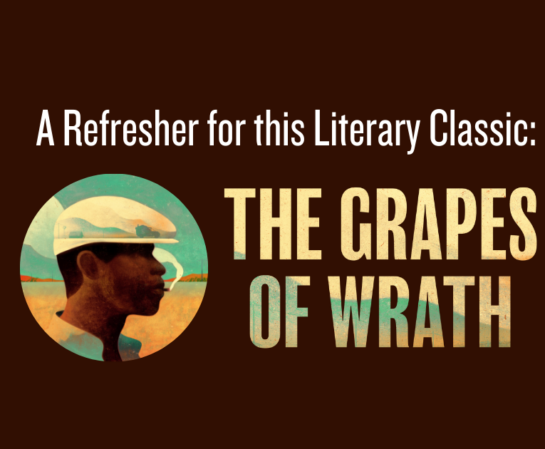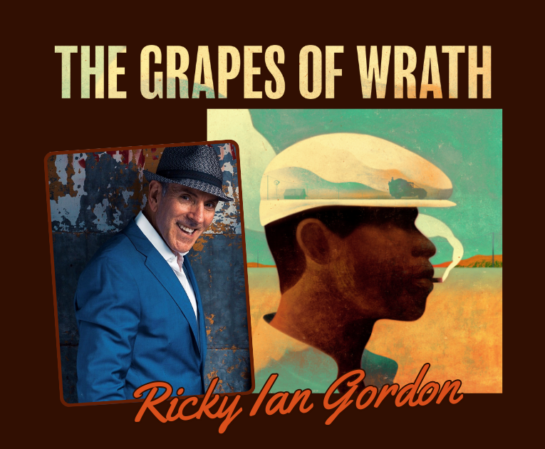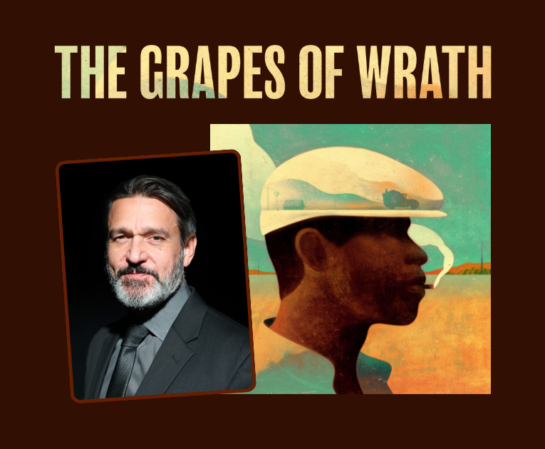Crazy business this, this life we live in/Can’t complain about the time we’re given.
According to Anyone Can Whistle’s book writer, Arthur Laurents, the above Sondheim lyric (from “With So Little to Be Sure Of”) was sung through tears at the show’s final curtain call on Broadway, occurring just nine nights after it opened at the Majestic Theater on April 4th, 1964. The story speaks to the core of why Whistle so quickly became a “cult classic” – not just for its short-lived run, but for two elements that transcended the fashion of its day: a cri de coeur for anyone trying to march to their own drum, and a Stephen Sondheim score of startling originality. Even at the time, despite a near-universal critical drubbing, there were those who saw it for what it was. Esteemed critic Norman Nadel confessed, writing for the New York World-Telegram, “Were I a less inhibited creature, I’d spend the next month hurling roses at the beautiful people of Anyone Can Whistle. You have no idea how many breathtaking surprises are in store for you…”.
Admittedly, it wasn’t an easy sell. To understand just how irreverent and experimental the show was, consider a snapshot of the schizoid moment in post-Eisenhower American culture. In April 1963, Martin Luther King, Jr. was jailed for “parading without a permit” In Birmingham, Alabama; the following August he delivered “I Have a Dream” to a crowd of 250,000 people on the steps of the Lincoln Memorial. In November, President Kennedy was assassinated; by April 1964 the new president, LBJ, was building up massive airpower over Vietnam. Cassius Clay became Muhammed Ali, The Beatles were parked at #1 on the radio, and by May of ’64, high school students were burning draft cards and smoking grass. America was an emotional basket case.
Veteran producer Jack Viertel, in his 2010 essay “Shock of the New”, posited a musical mirror of this dialectical battle in two simultaneous, best-selling releases: Bob Dylan’s “The Times They Are A-Changin'” and the original cast recording of Jerry Herman’s Hello, Dolly!. The popularity of Dylan’s angry, poetic harmonica and of Herman’s cheery, opulent score reflected the same kind of dissonance that was dividing the country – a moment not unlike our own, with painful criticism on the one hand, and abiding pride in American values on the other. “It was,” writes Viertel, “a puzzling moment.” (Perhaps a fitting final touch on this musical dichotomy: Louis Armstrong’s recording of “Hello Dolly!” bumped The Beatles from their #1 Billboard spot in May of ‘64. Armstrong was ever the cultural ambassador, breaching divides.)
In 1964, Broadway musicals were still powerhouses of American mass culture, and as such they leaned more toward endorsing the conventional than encouraging the experimental. Especially the kind of sui generis provocations that Laurents and Sondheim had in mind. But as difficult as it was to raise money for the show – Sondheim liked to joke that it had more backers auditions than performances – Whistle attracted an enviable list of investors: Richard Rodgers, Frank Loesser, Irving Berlin, and Jule Styne all believed in what the pair was trying to do. It was, in Sondheim’s words, quite possibly “the first absurdist musical.” But by all accounts, the tragedy of Anyone Can Whistle was that it was ahead of its time. As Whitney Bolton of the Morning Telegraph wrote, “If Anyone Can Whistle is a success, the American musical theater will have advanced itself… It is a bright step toward a more enlightened and cerebral musical theater.”
Alas, they stepped themselves right over the edge. In a season otherwise notable for Hello, Dolly! and Funny Girl, Whistle struck many theatergoers as chaotic and alienating. Billed as “a wild new musical”, its nutbar plot was little more than an opportunity to take shots at a host of targets. Folks just didn’t know how to take a Broadway musical with a cynical nature – most critics panned the show, although many praised the score and Herbert Ross’s innovative choreography. Also highly praised were the musical debuts of all three stars – Harry Guardino, Lee Remick, and Angela Lansbury, the latter two of whom were already big Hollywood names. Remick had dropped out of a two-picture deal at the height of her fame to come to Broadway and create the role of Fay Apple, and we have Lansbury to thank for the vulnerability and heart of the Mayoress (a role allegedly modeled on Kay Thompson). “I felt there needed to be at least some vulnerability in a character like that,” she said in an interview with Craig Zadan, published in Sondheim & Co. “I was capable of playing a sullen b*tch quite well, but that was something I had already done on film.”
As befits a cult classic, the play was plagued from the outset. During tryouts in Philadelphia, supporting actor Henry Lascoe had a heart attack and was replaced by Gabriel Dell. Soon after, dancer Tucker Smith fell in the orchestra pit and landed on a musician who died the next week. But even at the time, it was clear that this was no ordinary flop. Columbia Records recorded the cast album the Monday after the show closed, and what might have been lost forever was preserved, thanks to Columbia’s Goddard Lieberson, who understood that something unique had occurred and needed to be heard. That cherished album now lives in the collections of thousands of musical theater buffs, and today Anyone Can Whistle is considered one of Sondheim’s bravest scores.
And oh, what a score. So many of the songs – “Everybody Says Don’t”, “With So Little to Be Sure Of”, “There Won’t Be Trumpets”, and especially the title tune – are deeply beloved and widely performed. But their popularity belies their original complexity. In a 2021 Critic’s Notebook column for the New York Times, Jesse Green put his finger on how Sondheim used the songs to “tie the plot’s loose threads into tight knots,” ultimately creating “a show about the divided self in a divided world, built on musical and emotional polyphony.” Sondheim’s vocabulary was startlingly original, with lyrics often countermanding the music – graceful melodies expressing cynical thoughts, simple forms creating chaos.
In the decades since its closing, Whistle hasn’t been produced on the scale of other Sondheim musicals but concert versions have abounded. Among the most notable were a 1995 benefit concert at Carnegie Hall featuring Madeline Kahn, Bernadette Peters, Scott Bakula, with Lansbury as narrator; a 2005 production at Ravinia Festival (Audra Macdonald, Patti Lupone, Michael Cerveris), and a 2010 staging for Encores! at New York City Center (Donna Murphy, Sutton Foster, Raùl Esparza). The U.K. has also seen their fair share of acclaimed versions.
Nearly sixty years later, we can still feel the whoosh of Whistle’s legacy throwing open the door to an entirely new kind of musical theater. But tonight’s production, coming so closely on the heels of the Sondheim’s passing, gives us the chance to marvel at its other legacy: a shot over the bow, announcing the arrival of a great talent, visible even through the cracks and quirks of a flawed show. As the master was to write in a lyric 26 years later, “Even if you fail/it tells ’em who you are/Where you stand.” Who Sondheim was, and where he stood, changed the face of musical theater forever.



